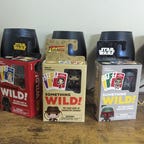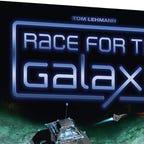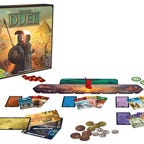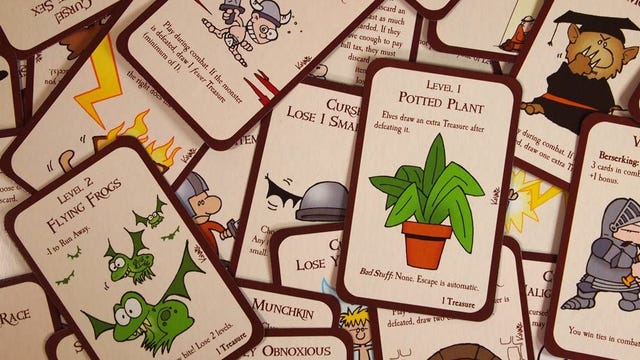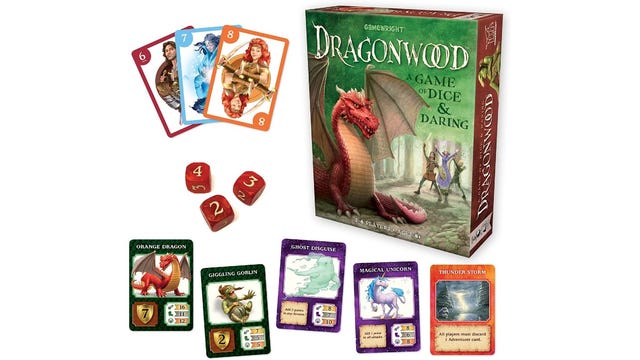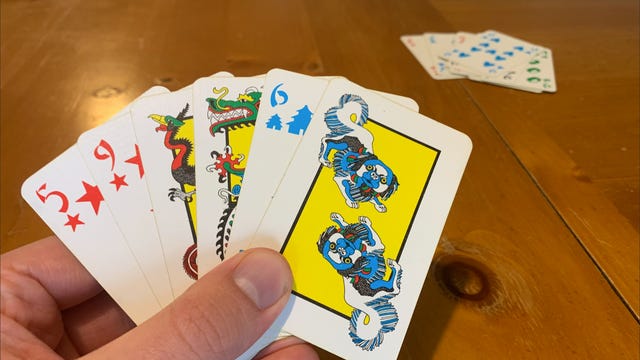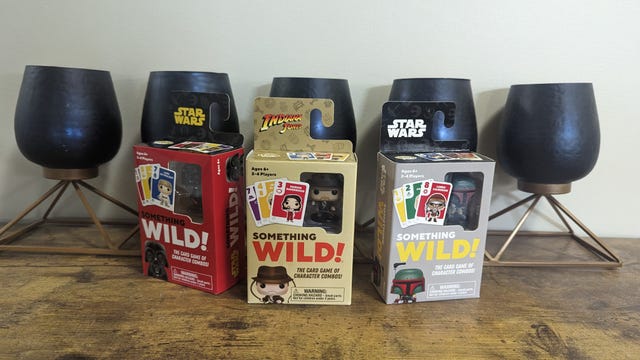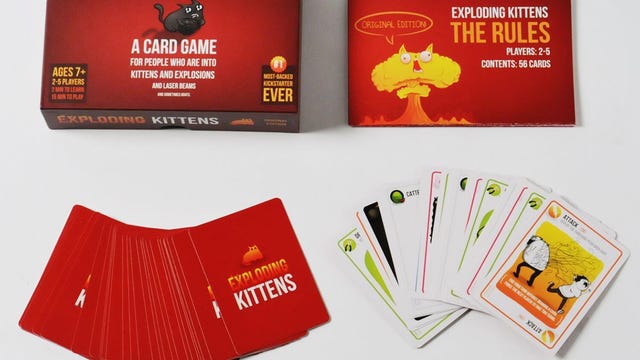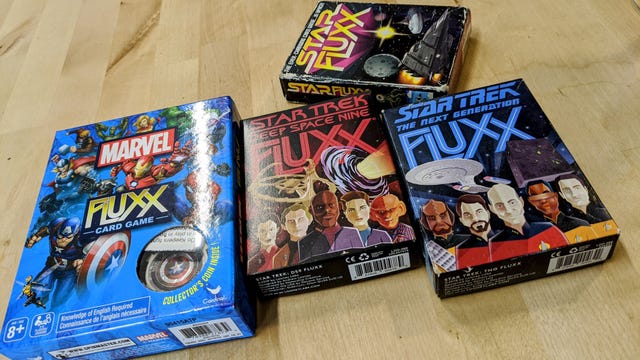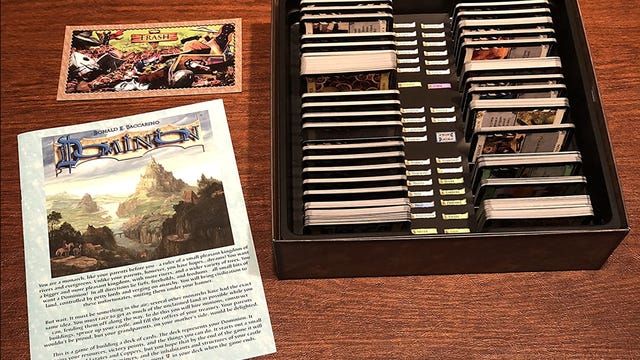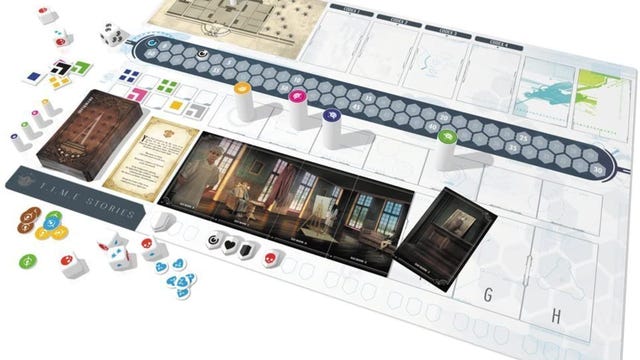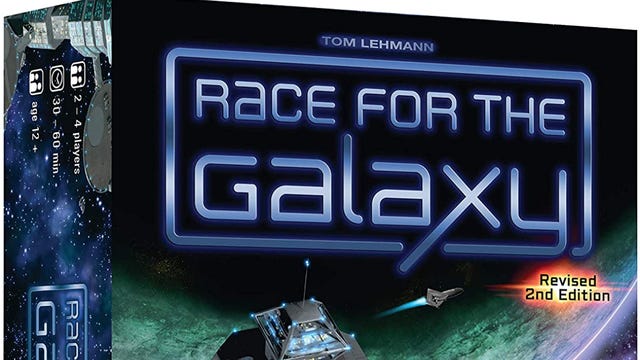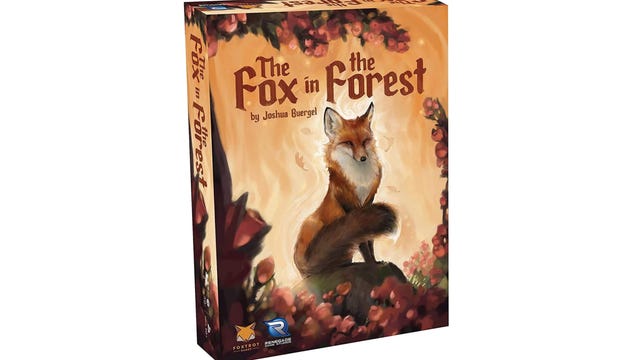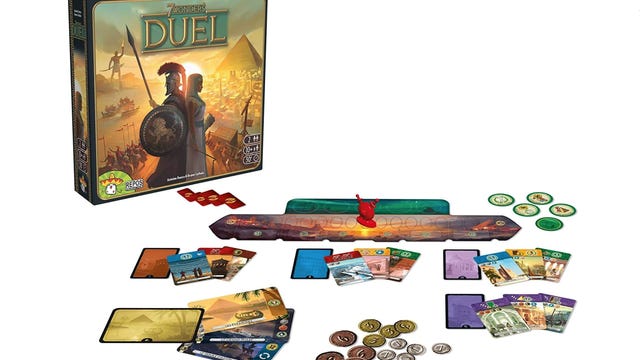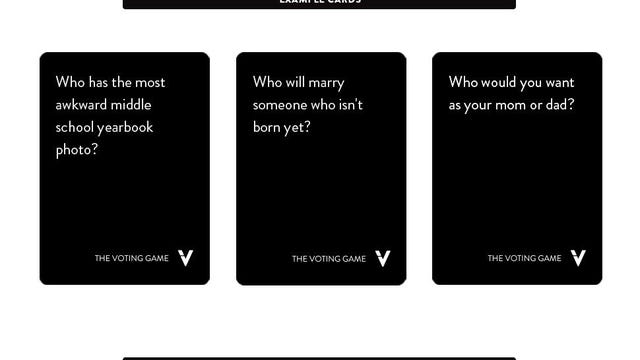Card games can be a really great alternative to traditional board games, and a fantastic way to bring friends and family together. There are lots of excellent card games to choose from now, including games designed to have everyone laughing, as well as games designed for adults only. While some card games are made to be played quickly, others can go on for hours.
Modern card games have moved beyond the standard 52-card deck, into a realm of complexity that blurs the line between a simple card game and a heavier strategy game. Whatever type of card game you enjoy, there’s sure to be something perfect for you here.
We’ve rounded up all of the best card games for families, adults and two players.
What is the best card game?
Knowing that “best” is very subjective when it comes to games, I choose Munchkin as the best overall. The ever-expanding nature of the game means endless replayability, and it encapsulates everything good about the card game genre. Luck is heavily involved when drawing random cards, but skill is also a factor in how you use those cards to your advantage. Munchkin is a staple at my gaming table and long may it remain so. Deck-building games like Star Realms let you buy and trade cards to create a hand that can defeat your opponent in combat, whereas Munchkin has the feel of a fully fledged board game without using a board or counters.
Because we’re looking solely at card games in this list, I’ve tried not to blur the lines too much. All the games here do not use a board to play, except for scoring, and token use — if any — is limited. Several of them use dice, as that element of luck is often a part of new card games.
Read more: Best Cooperative Board Games for 2023
Munchkin has been around for a long time now, but it’s still a mainstay of our game nights. Imagine playing a game of D&D where everyone only cares about maxing out their characters and you will have some idea of how to play. The goal is to level up to level 10 by defeating monsters and collecting loot. You do this by using your loot to make your character as powerful as possible, or by asking others to help. They won’t always help, but that’s part of the fun.
Because Munchkin is such a beloved game, there’s a huge number of add-ons that take the game from a 30- to 45-minute game all the way up to several hours of monster-killing fun, and it’s played only with cards. It’s almost sure to be “a great time had by all.”
Don’t let the lack of cards in the image fool you (I just really liked the image I took) Star Wars Rivals is a card game, but made by Funko. Not only do you get to play a fun two-player battle game, but you also get to collect little figures.
To win, you have to capture iconic Star Wars locations by having more influence on that location than your opponent. Character cards and action cards let you change the amount of influence and the turn-based style means you can never quite anticipate what your opponent might do. Each round is played pretty quickly, but it’s a lot of fun to play multiple rounds.
The fun hook for Star Wars Rivals is the collectible aspect. You can purchase light-side or dark-side booster packs which have a new figure, two new locations and three action cards, adding a huge amount of variety to the game for just a few dollars more.
Star Realms is a two-player deck-building game where you spend points to buy spaceships. You then use those ships to damage your opponent. The first one to reach zero hit points loses. It’s a simple idea, but with a huge array of different cards and expansions that add missions, bases and factions, the game can become complex very quickly.
My daughter and I love Star Realms and we play it often; even more, now that it’s available not only in physical form but on your phone, as well.
Dragonwood could almost be played with a standard deck of cards if it weren’t for the addition of the monster cards and a few dice. On the surface, it is a simple matching game where you collect runs of numbers or sets of colors or numbers. When you collect a set, you can use those sets to roll dice to help you defeat the monsters. Collect monster cards and you win the game.
My family and I enjoy Dragonwood as it allows even our younger players to feel accomplished. It uses color and number sequencing, which is great for younger players, and the artwork and rolling mechanic make it a little more enjoyable for adults than most slow, traditional card games.
If you’ve played Rook, euchre or other trick-taking, partner card games, Tichu will be easy to pick up. The cards are fairly traditional (two through Ace), with the addition of four unique cards: the mahjong, the dog, the phoenix and the dragon. Besides these cards, what makes Tichu unique is its blend of card-playing (in addition to single cards, players can play full houses, straights and other combinations) and strategy (before rounds, players must trade cards with partners and opponents).
Tichu has simple mechanics, but a few smart subversions of traditional trick-taking rules turn this great card game into one of the most enjoyable classic-style card games around.
Something Wild is a surprisingly complex game masquerading as a simple one. The premise is quite old-fashioned: Like rummy, you have to collect runs or sets of three cards. Something Wild adds a nice layer of complexity by introducing power cards that you can play once you’ve won them, and if you have the little figurine in your possession. The power cards help you change the rules to be able to make more sets or runs.
Because Funko has licenses with hundreds of companies, there are tons of different Something Wild packs, all of them cheap and all of them can be combined to make the game even bigger. It’s a lot of fun, and quick enough to make it the perfect first game at game night.
Exploding Kittens is a beloved game among families with children of all ages. The game is simple: Draw your cards, take your aim and avoid the occasional exploding kitten. Players continuously draw various action cards throughout the game and strategize the best way to betray their friends and family.
The best way to find out what this fast-paced card game is all about is to play it yourself. Beware of those exploding kittens lurking in every deck.
Like
- Infinitely replayable
- Easy to travel with
- Loads of variations
Don’t like
- Not waxed cards (can get damaged easily)
When my family and I want to play together but don’t want the hassle of getting a giant board out to play, we normally settle on one of the eight packs of Fluxx we own. Fluxx is a fast-paced, ever-changing card game that starts with a basic set of rules: draw one, play one. From there, everything about the game can be changed — from the goal required to win. to how many cards you pick up each turn.
Fluxx also has a lot of licensing agreements, so it has a ton of variations. From Marvel Fluxx to Spongebob Fluxx and beyond, there’s a version for everyone. There is even a drinking version that has waterproof cards.
Deck building is a relatively recent development in card games. Essentially, players draft or “buy” cards in a deck-building game to shuffle into their draw decks. Slowly, then, the hands they play with each turn transform to allow new strategies throughout the game. The granddaddy of these sorts of games is Dominion.
Dominion has been around for years, but its developer has kept it fresh with over a dozen expansions to the base game. The core gameplay is simple: Each turn you can play an action and buy a card, be it an action card, a money card or a victory point card. The problem is, that victory point cards (which for the most part do nothing aside from giving you game-winning points) dilute your deck.
The game ends up as a supremely satisfying exercise in slowly building your deck into an efficient tool, so that you might snap up victory point cards all at once, near the end of the game. If your timing is off by even a single turn, it could lose you the game.
Dominion is a modern classic game, and very worth your time.
Time Stories is a wonder of a game. With a simple deck of cards, it catapults you across dimensions and spacetime, guides you through beautifully rendered settings and brings you face-to-face with Lovecraftian monsters — and that’s just in the first campaign.
In Time Stories, players investigate mysteries in settings ranging from ancient Egypt to zombie-infested suburbs. The stories change with your decisions, and your ability to solve the given mystery depends on your cooperation with teammates, your problem-solving skills and your ability to adapt to new elements introduced on the fly by the game.
Time Stories isn’t perfect: You can find plenty of chat boards online with fans debating which stories are best, and which could have been better balanced. Even small imbalances ultimately stem from the game’s ambition, and it’s hard not to feel swept up by that every time you sit down to play this fun card game.
If tableau building sounds a little similar to card deck building, it is. In games like Race for the Galaxy, players slowly assemble their “tableau” — that is, their slate of face-up cards — in front of them throughout the game, using their actions and resources to gain the most power.
Thematically, Race for the Galaxy is very sci-fi. Players buy various planets and other developments to add to their tableau, which then helps them collect resources and perform more valuable actions.
While deck building can feel a little abstract or overwhelming to new players (a whole deck’s makeup can be hard to hold in your head, after all), tableau building keeps all the cards on the table — literally. At any time, you can see what you and your opponents are trying to build, which can make the game feel a little more interactive.
Race for the Galaxy is a fun, quick game that anyone can learn in 10 minutes, but most people won’t master for dozens of play-throughs.
Maybe you’re looking for two-player games for smaller family and friend gatherings. If so, The Fox in the Forest is perfect for you: It’s a simple trick-taking game like Rook (or Tichu, above), with a few special cards mixed into the traditional format.
What makes The Fox in the Forest interesting is the unique card powers and the scoring system. Rather than trying to take all the tricks to win the game, you’re trying to take certain numbers of tricks for certain point values — and if you narrowly miss those ranges, you often miss out on a big bonus.
In many ways, The Fox in the Forest is a fairly traditional, simple game. It’s also a well-balanced game that’s perfect to pick up and play for 20 or 30 minutes.
If you want a little more heft to your two-player card games, try 7 Wonders: Duel, a devious little card-drafting game. Both players attempt to build civilizations across three eras, drafting various cards that help them pursue military or scientific dominance, grow their resources and build various Wonders.
The competitive game moves more quickly than bigger strategy games like Everdell, and the card-drafting mechanism introduces surprising opportunities to block or trap your opponent. If you’re looking for a well-balanced, fun game for many play sessions, this is one of the best out there.
Which one of your friends do you think will survive a zombie apocalypse? Who has the most scandalous Google search history? In The Voting Game you and your friends will be asked all these questions and more and will each vote on who everyone believes fits the card best. I love to play card games that ask questions that force my group to think about and expose each other. The Voting Game is perfect for any little kickback or gathering and guarantees to make for a hilarious time.
Other card games we tested
Looking for more provocative funny games for a chill night with friends? You can go the classic route with Cards Against Humanity or check out The Voting Game, a game in which questions are asked and participants must choose one person in the room who relates to that question. If you want something playful, hilariously rude and uncomfortably adorable, Exploding Kittens is an excellent, quirky game with its own ridiculous rules and objectives.
How we test games
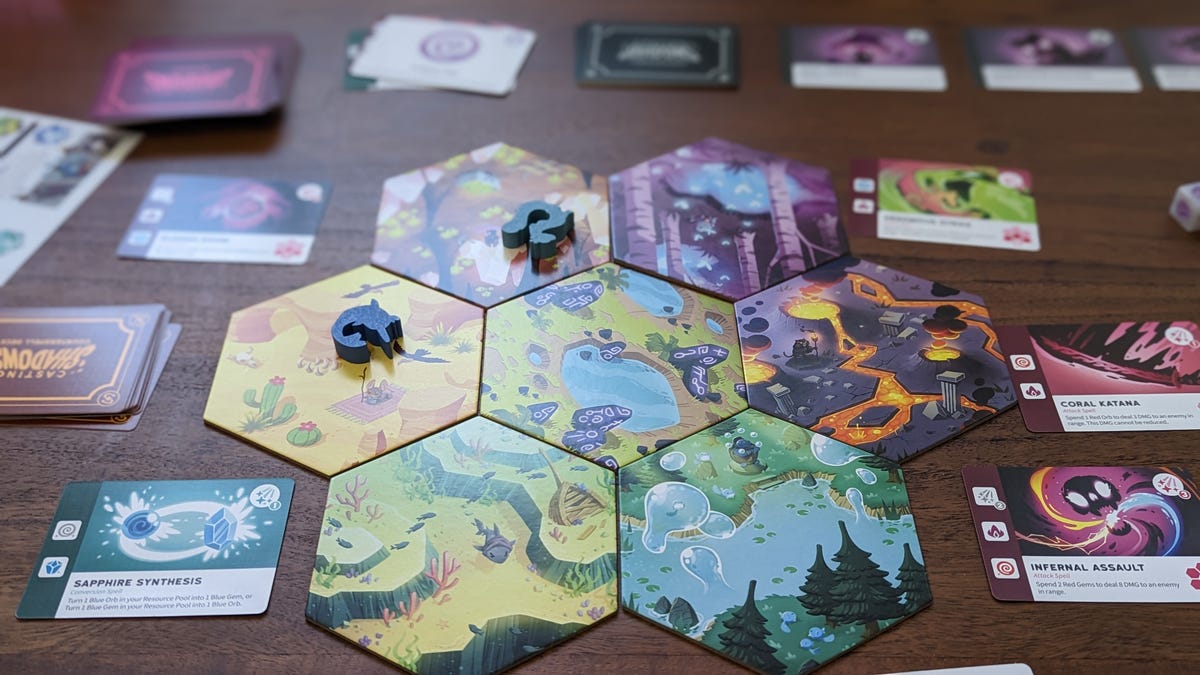
As you can imagine there isn’t a lot of objective testing available for games. Most of the testing we do is playing with a group of people to see how enjoyable the game is. I try to make sure to have a mix of people familiar with the style of game I am testing as well as newcomers to see how easy the game is to pick up.
I check all the parts of the game for quality. This varies depending on the style, but for cards, I look at the quality of the paper and how likely they are to stick together, or be difficult to shuffle. For board games, I check the board finish, as well as the quality of the pieces to see if they will hold up against constant use.
Finally, I time a series of us playing the games to average the time it takes to play and compare that to how long the manufacturer says the game will take. Most fall in the right range, but some are quite varied.
